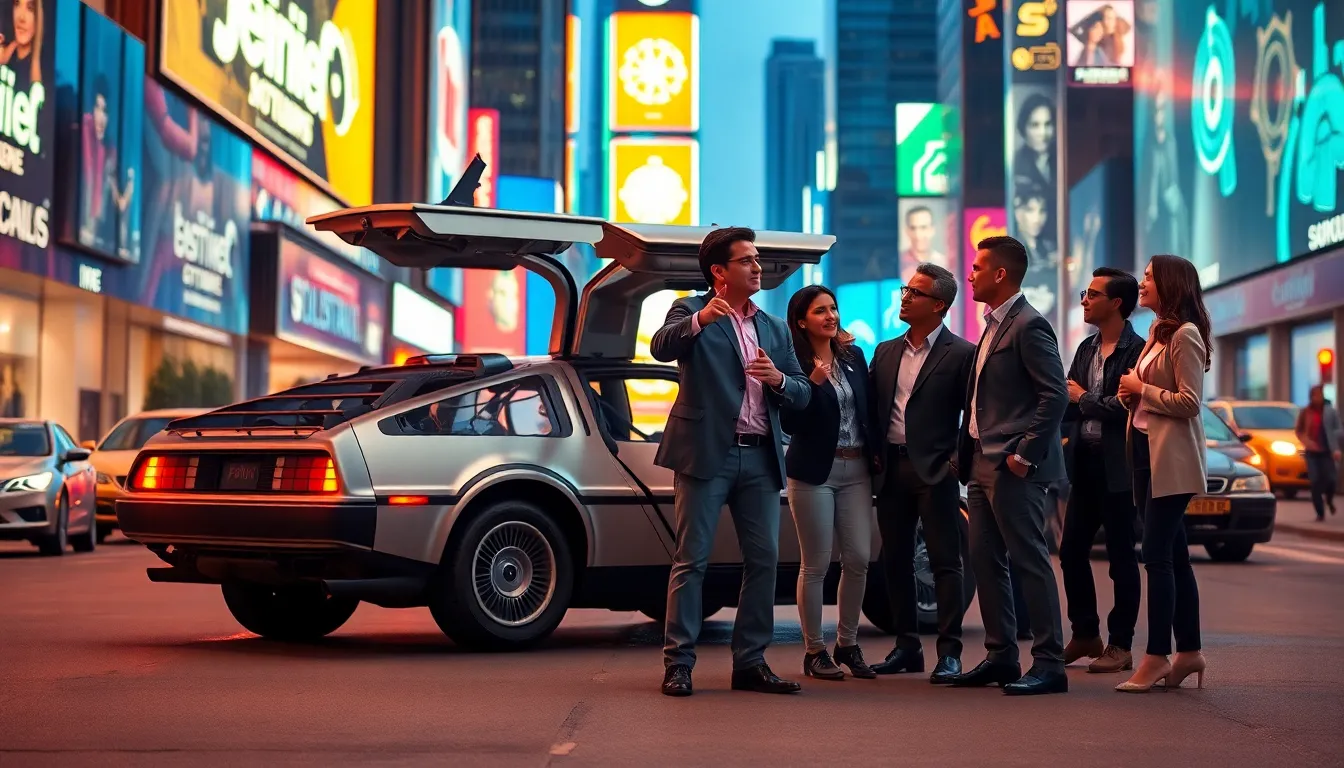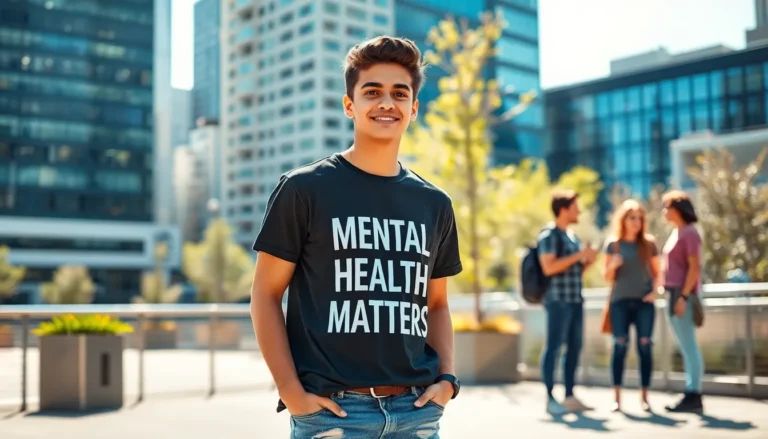Table of Contents
ToggleImagine a world where flying cars zip overhead, self-lacing shoes are the norm, and everyone gets their daily dose of entertainment from a holographic jukebox. No, this isn’t a fantasy: it’s the future envisioned by the iconic film “Back to the Future.” With a story that has captivated audiences since the 1980s, the trilogy not only entertained but also made some shockingly accurate predictions about our modern lives. So buckle your hoverboard and hold on tight as we jump into the predictions made by this beloved movie series and see how they measure up against our reality.
Overview Of Back To The Future

Released in 1985, “Back to the Future” is a cinematic gem that revolves around a teenager named Marty McFly who inadvertently travels thirty years into the past using a DeLorean car turned time machine. With the help of eccentric scientist Doc Brown, Marty embarks on a mission to fix meddled timelines and secure his own existence. This thrilling story not only spurred two sequels but also became a cultural milestone that defined many aspects of the 80s and future cinema alike.
Cultural Impact Of The Film Series
“Back to the Future” managed to etch itself into the collective memory of pop culture. The film introduced iconic phrases like “Great Scott.” and memorable characters, which soon permeated everyday conversation. Also, it explored timeless themes of friendship, love, and the classic battle against fate. Its blend of sci-fi and buddy-comedy set a new bar for Hollywood, influencing countless films and television shows that followed. Themes of nostalgia and the adventures of time travel sparked interest in science fiction, making it a darling of both casual viewers and cinephiles.
Predictions From The Film
At its core, one of the biggest draws of “Back to the Future” lies in its predictions. Let’s take a closer look at the various categories of predictions that the film presented, some of which nearly came true.
Technological Advancements
The film’s portrayal of technology was nothing short of visionary. From voice-activated gadgets to interactive interfaces, many aspects seemed ahead of their time. Notably, the use of tablets and screens that resemble modern-day smartphones was a tantalizing glimpse into the future. It’s fascinating to think that in 1985, the concept of a tiny device connecting people globally was merely a fantasy.
Transportation Innovations
Flying cars dominate the landscape of futuristic visions, and “Back to the Future Part II” certainly fed into this dream. The sight of citizens zipping around in hovercars raised the bar for innovations. While we may not be driving DeLoreans that fly through the skies just yet, the advancements in drone technology and electric vehicles are moving us closer. Some startups are even looking into creating functional flying cars. Who knows? The dream may just take flight soon.
Fashion And Lifestyle Changes
Ah, the fashion. The film boldly predicted some wild changes, such as self-drying clothes and jackets that automatically adjust. While we don’t yet have those self-lacing Nikes dominating our closets, wearable technology has made inroads in the way we think about clothing. Fitness trackers and smartwatches have largely taken the reins, leading to lifestyle changes and a more health-conscious society. But let’s be honest: a bit of self-drying fabric wouldn’t be so bad.
Real-World Parallels
Not all fictional worlds are entirely removed from reality. Surprisingly, several predictions from the trilogy found their way into our lives. Let’s take a moment to explore these successful predictions and their significant impact.
Successful Predictions And Their Impact
Take video calls, for instance. In the film, characters effortlessly communicate through some futuristic tech that resembles Skype or FaceTime, tools we now take for granted. The seamlessness of virtual communication was indeed a prophetic vision, paving the way for how we connect today, especially in a world that leans heavily on remote interactions. Similarly, the concept of the internet as a hub for instant information resonates even more significantly in our lives, showcasing society’s shift toward digital engagement.
Unfulfilled Predictions And Their Implications
Nevertheless, it wouldn’t be a true homage to the film without discussing its unfulfilled predictions. Some forward-looking claims didn’t quite meet reality as intended.
Unfulfilled Predictions And Their Implications
For instance, the promise of fully automated household robots and daily flying cars remains elusive. While we did get vacuuming robots like Roomba, they hardly reflect the futuristic efficiency portrayed in the film. These gaps reveal challenges we still face around technology and energy requirements, pointing to a future where our aspirations must also align with practical limitations. Perhaps these setbacks serve as a reminder that while we can dream big, reality often requires a firm grounding.
Future Outlook And Lessons Learned
Looking ahead, the blend of optimism and caution is crucial. “Back to the Future” serves as both a humorous glimpse into what could be and a lesson in the complexity of innovation. Society should strive to continue pushing boundaries while being realistic about the challenges ahead. The allure of predictions ignites creativity, but tangible progress often demands patience, collaboration, and a dash of humor.




